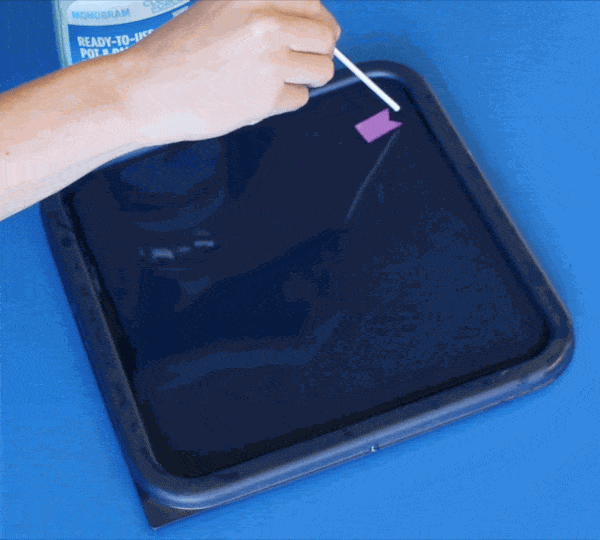
Ever filled a container with water, and then filled it some more? With a careful touch, you might have created a hill of liquid taller than the container itself. This works because of the surface tension, or cohesion, between water molecules. Place a small paper, plastic or cardboard “boat” on the water’s surface, and molecules will stick to it as well– that’s adhesion in action. Under normal conditions, adhesive forces on the boat pull it equally in all directions, so it doesn’t move on its own.

In this experiment, we use the chemical properties of soap to disturb the surface tension around the boat. Soap is made of polar molecules, which attract water. Introducing even a trace of detergent disturbs surface tension enough to unbalance the forces acting on a floating object. The boat appears to be propelled forward. In reality, the water behind it is no longer pulling against the water in front. The stronger pull ahead moves the boat forward!

This is a great project to try at home. All you need is a bowl of water, a small piece of paper or cardboard, (plastic bread bag tabs also work well), and liquid soap. Cutting a notch in the back of your boat can help to keep the soap where you want it. Dab a little soap onto the boat’s back edge with your finger, a toothpick, or a napkin, and watch your watercraft speed away! Once surface tension has been chemically broken, adding more soap won’t cause a big enough difference to power your boat, so it’s a good idea to use a shallow pool of water and replace it each time you want to repeat the experiment.
Written By: Caela Barry
